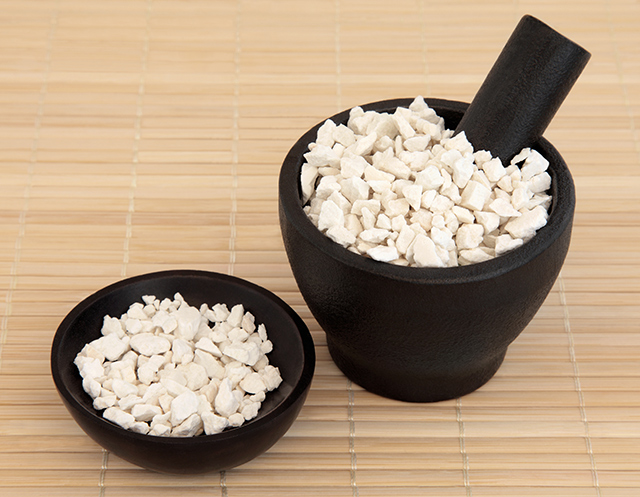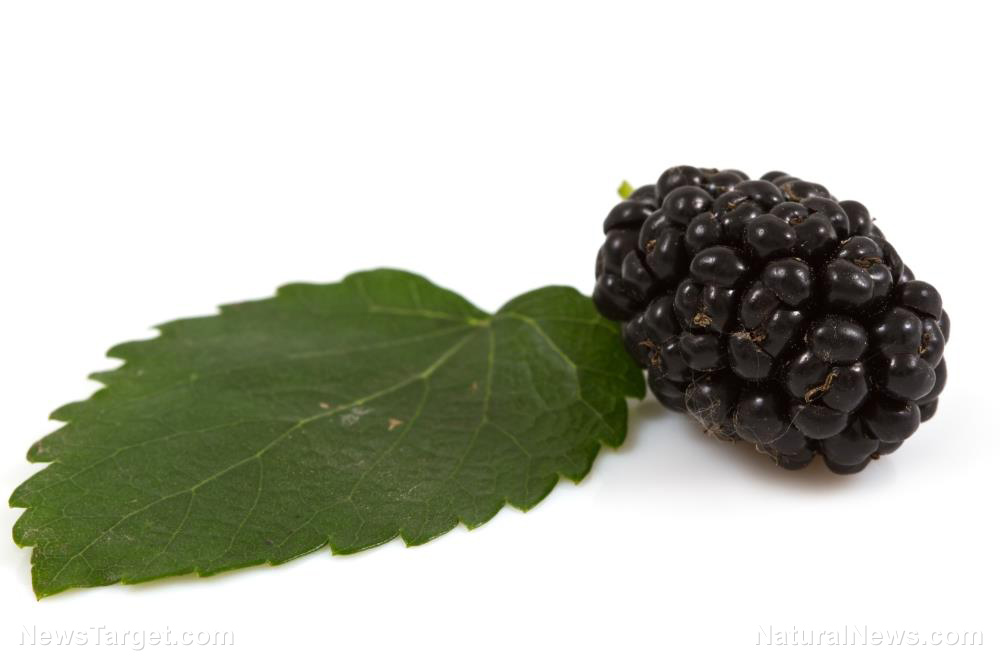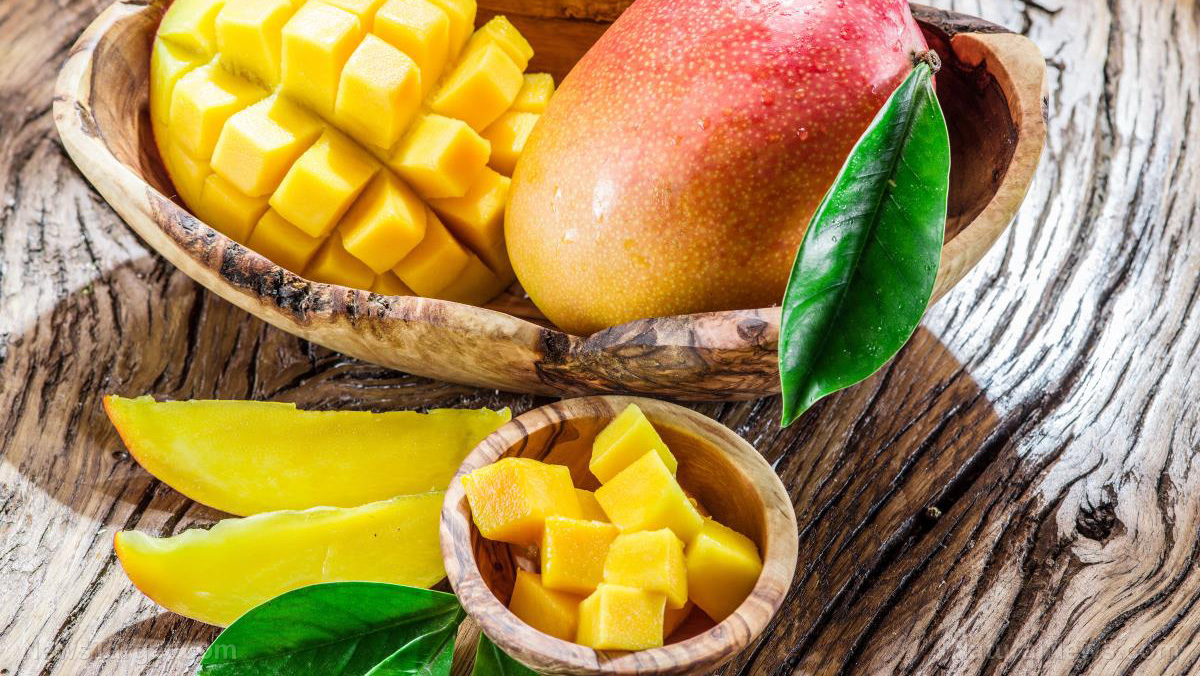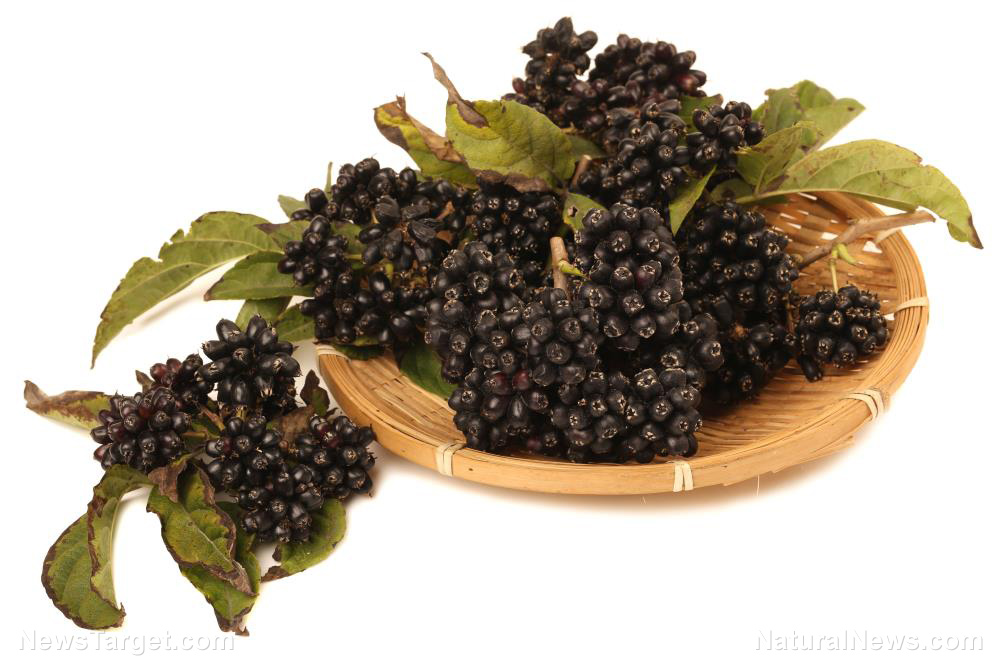Life hack: Quick trick to stop craving junk food in mere minutes
07/26/2019 / By Stephanie Diaz

Junk food is ever present – it is in grocery stores, convenience stores, and fast food restaurants. As unhealthy as it is, many people still find themselves craving the taste of a salty or sugary snack. Junk food contains high amounts of salt and sugar – it’s no surprise that it is linked to many health problems, such as hypertension and diabetes.
Fast food is prevalent in the American diet. A report from the U.S. Centers for Disease Control and Prevention said that on any given day, around 84 million American adults – or 36.6 percent – consume fast food. Furthermore, fast food consumption also varies by age group. Data revealed that adults aged 20 to 39 are more likely to eat fast food than adults aged 40 and older. (Related: Researchers warn about the severe psychological distress caused by eating junk food.)
A study published in the Journal of Marketing Research conducted by the marketing department of the University of South Florida in Tampa found that exposure to certain food aromas leads to healthier food choices.
The researchers ran a series of experiments to ascertain whether food aroma has an impact on food choice. The trials involved exposing subjects to different aromas – from the scent of healthy foods like apples or strawberries to unhealthy foods like cookies or pizza. Results showed that people who were briefly exposed to the aroma of unhealthy snacks (30 seconds or less) were more likely to choose that type of food.
Prolonged exposure to the aroma of unhealthy food can stop cravings
The first experiment was carried out at a middle school cafeteria, where around 900 children have their lunch. The study took three days, and for each of those days, the children were exposed to three different situations: A control condition with no scent; an ambient aroma of pizza; and an ambient aroma of apples. The children were exposed to the aroma for at least two minutes with the help of a nebulizer as they waited in line for lunch. Results showed that during the day wherein the children were exposed to the apple aroma, 36.96 percent of the items sold were unhealthy foods. On the control day, 36.54 percent of the items sold were unhealthy food. However, on the day that they were exposed to the pizza aroma, only 21.43 percent of purchased items were unhealthy foods.
The second experiment took place in a laboratory. The researchers exposed participants for at least two minutes to either the aroma of a cookie or the aroma of strawberry, then they offered the participants both food items. The result was similar to the response of the children in the school cafeteria: The participants were more likely to choose the healthier option after prolonged exposure to the unhealthful aroma.
In the third experiment, the researchers dispersed the aroma of a cookie or a strawberry in a supermarket. Consistent with their previous findings, exposure to the scent of the cookie for more than two minutes deterred shoppers from buying unhealthy snacks.
In their final experiment, the researchers found that the duration of exposure affected food choice. They found that brief exposure (two minutes or less) to unhealthful food item leads to unhealthy food choice. Therefore, timing is important.
The study provides insight into how scents can be used to reduce the purchase and consumption of junk food. The author mentioned that scents are connected to the reward circuitry in the brain, and prolonged exposure to indulgent scents reduces the urge for actual consumption of these foods.
He also mentioned that “using cookie-scented air fresheners or scented candles could possibly nudge healthier choices at home.”
For more information about the psychological effects of food in the brain, visit Food.news.
Sources include:
Tagged Under: brain function, cravings, fast food, food aroma, food scents, mind body science, nutrition, prevent obesity, prevention, remedy, research, slender
RECENT NEWS & ARTICLES
COPYRIGHT © 2017 PREVENTDIABETES.NEWS
All content posted on this site is protected under Free Speech. PreventDiabetes.news is not responsible for content written by contributing authors. The information on this site is provided for educational and entertainment purposes only. It is not intended as a substitute for professional advice of any kind. PreventDiabetes.news assumes no responsibility for the use or misuse of this material. All trademarks, registered trademarks and service marks mentioned on this site are the property of their respective owners.



















